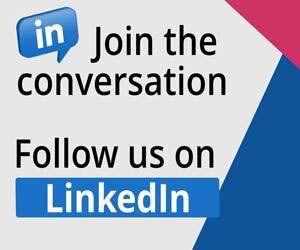Customers often ask call centre agents where their calls are being answered, and handling this question effectively can be important for maintaining trust and consistency.
So we wanted to share the responses with you when Emma asked our Community of industry professionals for advice on managing this situation in a national call centre:
“We are about to launch a national call centre for one of our divisions, handling calls from all states in Australia.
When we attempted this 12 months ago, we found that customers frequently asked where their call was being answered.
Due to a lack of training, our staff provided the location, but I would like some advice on how others have handled this. Have you ever had customers ask about the call centre’s location?”
3 Ways to Answer Customers When They Ask for Your Location
1. Be Honest
Being upfront with customers is often the best approach. Transparency makes conversations easier for agents, as they don’t have to navigate around the truth.
Callers can often guess the location based on an agent’s accent, so withholding information may create unnecessary tension. Additionally, training advisors to mislead customers sets a risky precedent—honesty should always be the foundation of good customer service.
Contributed by: Jonty
2. Emphasise Remote Work
Many customers now understand that call centres operate remotely, especially after the COVID-19 pandemic. If agents are working from home, some businesses find that openly stating this helps set expectations.
Contributed by: Paul
3. Use a General Location Instead of Specific Addresses
Instead of sharing exact locations, some organisations opt for a broader, more general response.
For example, a large home DIY retailer with multiple call centres instructs agents to use a public location rather than a physical call centre address. They say, “We are located in Atlanta,” and if working remotely, they phrase it as, “I work remotely out of Atlanta.“
This approach prevents security risks, as disclosing exact call centre locations has, in some cases, led to customers showing up in person, creating potentially dangerous situations.
Contributed by: Steph
This article was made possible due to the great community of experts we have at Call Centre Helper, to get involved just join our LinkedIn Community and and if you aren’t already make sure you are following us on LinkedIn to see our latest content.
For more information on managing customer interactions, read these articles next:
- Should We Call Customers by Name?
- Do I Have to Give My Full Name to a Customer?
- How to Handle Contacts From Challenging Customers
Author: Jonty Pearce
Reviewed by: Hannah Swankie
Published On: 12th Apr 2022 - Last modified: 24th Feb 2025
Read more about - Call Centre Questions, Training

































